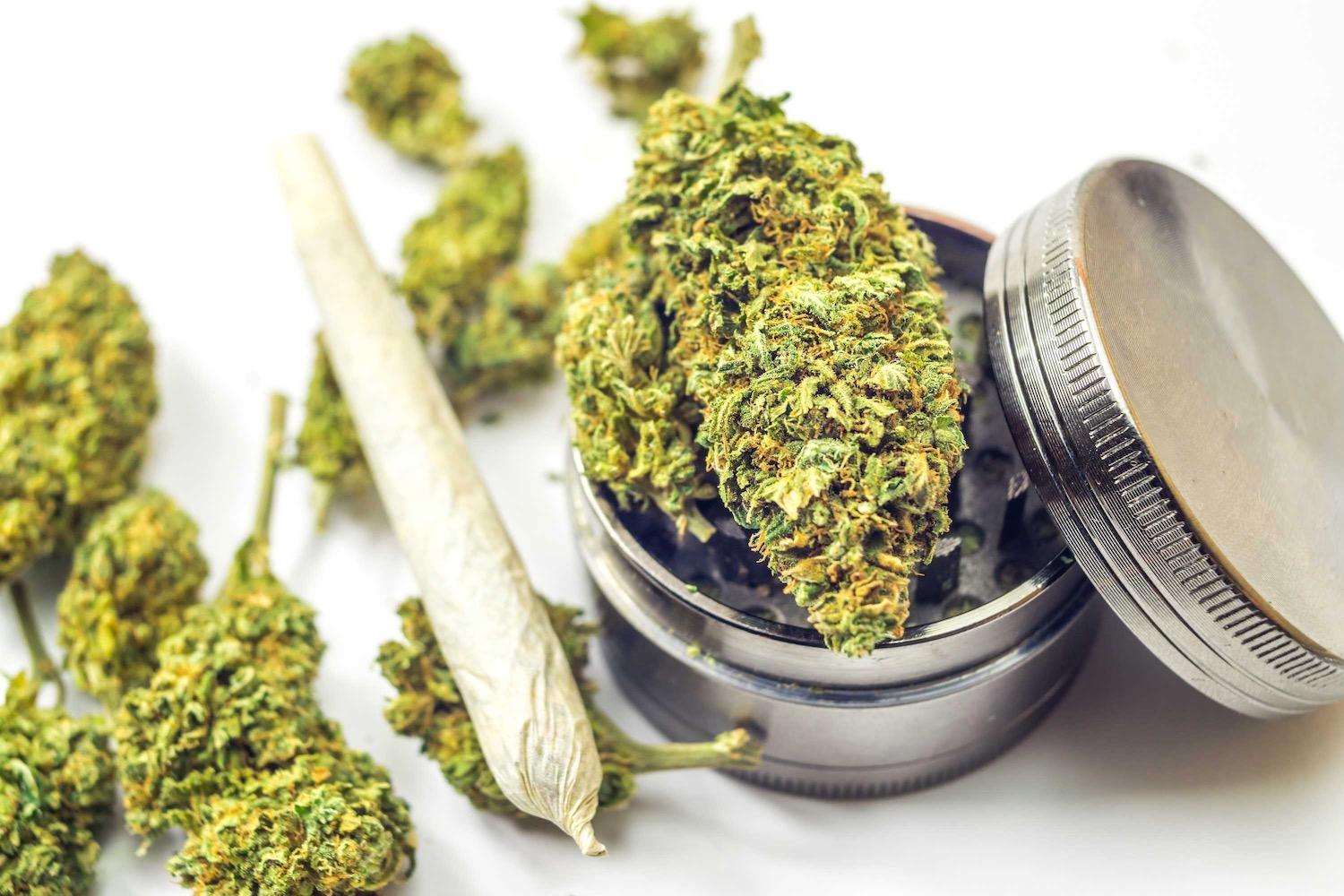When a muscle contracts involuntarily and does not release, it is experiencing a muscle spasm, also known as a muscle cramp. These are quite frequent and can affect any muscle in the body. The most prevalent locations for muscle spasms are the thighs, calves, foot arches, wrists, shoulders, abdomen, and even the rib cage. When this type of cramp occurs in the calves, it is commonly referred to as charley horses. Despite their innocuous nature, muscular cramps can momentarily disable the afflicted muscle. Muscle cramps are common in hot temperatures and can be caused by exertion or movement for long periods of time. Muscle cramps can also be brought on by drugs and health issues. In most cases, cramping in your muscles may be alleviated with self-care measures.
When a muscle has been overworked, exhausted, wounded, or stretched, spasms can occur. Overstretching the muscle or maintaining the same position for too long might cause the spasm. In response, the depleted muscle cell becomes hyperexcitable and contracts quickly. A muscle’s spasm may affect just a portion of that muscle, the entire muscle, or even neighbouring muscles. Learn more about chronic therapy on https://chronictherapy.com.au/pages/medical-cannabis-treatment

The Roots of Tense Muscles
Having muscular spasms is something that can happen to anyone at any time. Muscle spasms may happen to everyone, regardless of age, level of activity, or general health. It’s possible to have this experience while strolling, sitting, working out, or even sleeping. Muscle spasms are common, especially among those who employ virtually any form of physical activity. However, the elderly (over 65), those who overexert themselves when exercising, people who are unwell, and endurance athletes are more likely to experience muscular spasms.
Skeletal muscle spasm is a common injury in athletes who engage in vigourous exercise while the temperature outside is high. For people working in heated environments, such as construction workers, this is also a question of the law. When a muscle is overworked, its spasms because it is unable to adapt to the new length. When this happens due to being in hot conditions, it’s called heat cramps.

Muscle spasms in the arms, shoulders, and back are a common side effect of repetitive motions like snow shovelling, lawn mowing, and raking. Muscle cramps can be brought on by overuse, strain on the musculoskeletal system, or holding a static position. overuse of muscles However, in many instances, the underlying aetiology remains unknown. Although most muscle cramps are completely benign, others are linked to more serious health issues like:
Clamping discomfort during exercise is caused by inadequate blood flow, namely the constriction of blood-carrying arteries (arteriosclerosis of the extremities) in the legs and feet. Usually, these cramps go soon after you stop working out.
Leg cramps can also be caused by spinal nerve compression, such as in the case of lumbar stenosis. Usually, the more you walk, the worse the discomfort gets. You can alleviate or postpone your symptoms by walking in a somewhat more flexible stance, as by pushing a shopping cart in front of you.
Lack of Minerals – Muscle or leg cramps might be the result of a deficiency in potassium, calcium, or magnesium. Diuretics, commonly used to treat hypertension, may also deplete these minerals.
Tension and pain in the affected muscle
The causes and manifestations of muscle spasms vary from one muscle to the next and from one situation to the next. Leg muscles, especially the calves, are a common source of cramping. You could feel or see a hard lump of muscle tissue under your skin in addition to the abrupt, acute pain.
Intense Muscle Contraction
Symptoms of muscle spasms can range from annoying twitching to crippling agony. If a muscle is spastic, it may become visibly stiffer to the touch and/or exhibit a distorted appearance. Possible signs include obvious twitching.

Muscle spasms and how medical cannabis can assist
Medical cannabis and medicines derived from it have showed promise in recent years for treating chronic muscular spasms in patients.
Muscle spasms are brought on by inflammation, which marijuana helps alleviate. South Carolina University researchers found that the psychoactive cannabinoid THC dampens immune system response to stimuli like muscle damage and deactivates the system’s inflammatory proteins. The endocannabinoid system (ECS) is activated, which is a network of cell receptors responsible for the sensation of pain associated with inflammation and muscular spasms.
When you consume medical marijuana, the THC and CBD connect to the cannabinoid receptors in your endocannabinoid system (ECS). Once THC binds to cannabinoid receptors, an anti-inflammatory response is initiated, reducing the risk of inflammation and muscle spasms following an injury.
By connecting to cannabinoid receptors, THC triggers a protective anti-inflammatory response, reducing the risk of inflammation and muscle spasms following an injury. Inflammation of the nerve fibres is a hallmark of muscular spasms, and studies show that medical marijuana can alleviate this symptom.
Muscle Spasm Relief Through Medical Marijuana
The diagnosis and management of muscular spasms using medical cannabis differs. The best method of treatment for your muscle spasm will depend on whether you choose to ingest, or topically apply the medical Cannabis strain you choose.
Chemicals in medical cannabis that interact with the body’s endocannabinoid system are anti-inflammatory and analgesic. Talk to a registered medical Cannabis doctor about strain selection and together you can discover a strain that suits your needs and makes you comfortable if you choose to use medical cannabis to treat muscle spasms.
To know more about where to buy medical cannabis in Australia and other medical marijuana resources, you should book a consultation session with a professional from Chronic Therapy today.



